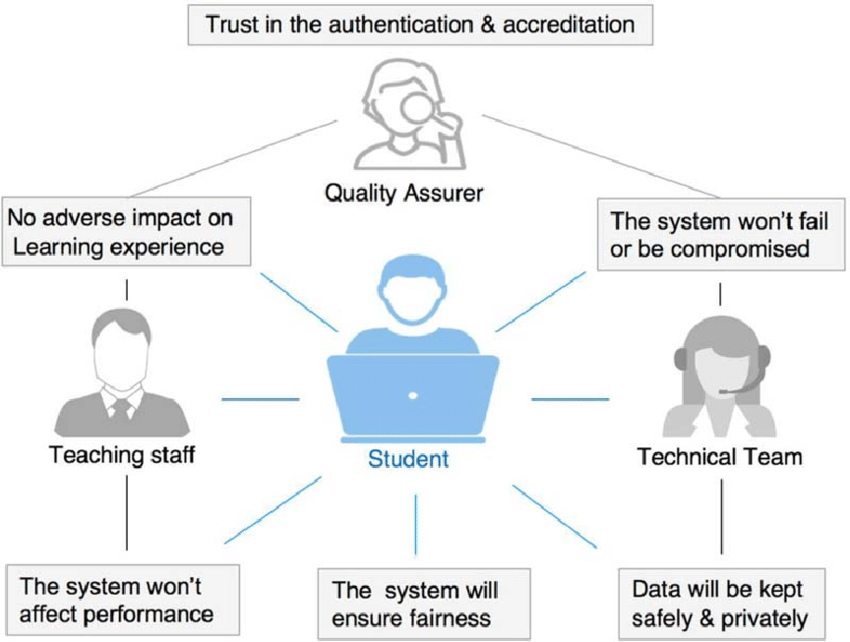
Building an e-Authentication system is a crucial project, especially when it comes to ensuring secure access to digital resources. Here’s a step-by-step guide to help you get started:
Define Requirements:
- Identify the digital resources or systems that require authentication.
- Determine the level of security needed (e.g., two-factor authentication, biometrics).
User Registration:
- Implement a user registration system to capture user credentials securely.
- Use strong encryption for storing passwords.
Authentication Methods:
- Decide on authentication methods such as username/password, two-factor authentication (2FA), or biometrics (fingerprint, facial recognition).
- Integrate third-party authentication providers if necessary.
Token-Based Authentication:
- Implement token-based authentication for secure and efficient communication between the client and server.
- Consider using industry-standard protocols like OAuth or JWT.
Password Recovery:
- Develop a secure process for users to recover their passwords, such as through email verification or security questions.
Session Management:
- Implement secure session management to control user access during their active sessions.
- Set session timeouts for enhanced security.
Security Measures:
- Implement security features like CAPTCHA to prevent automated attacks.
- Protect against common security threats such as Cross-Site Scripting (XSS) and Cross-Site Request Forgery (CSRF).
Logging and Auditing:
- Log authentication events and implement auditing mechanisms for monitoring and tracking user activities.
- Regularly review logs to identify and address security issues.
Integration with External Systems:
- If applicable, integrate the e-Authentication system with other systems, databases, or LDAP for centralized user management.
Compliance and Regulations:
- Ensure that your e-Authentication system complies with relevant regulations, such as GDPR or industry-specific standards.
Testing:
- Conduct thorough testing, including security testing, to identify and address vulnerabilities.
- Perform penetration testing to assess the system’s resilience against attacks.
Documentation:
- Document the entire system, including the architecture, authentication flow, and security measures taken.
User Education:
- Provide user documentation and education on best practices for maintaining strong authentication security.
- Encourage users to enable multi-factor authentication for added security.
Remember, security is a top priority in an e-Authentication system, so thorough testing and compliance with best practices are essential. Good luck with your project!
